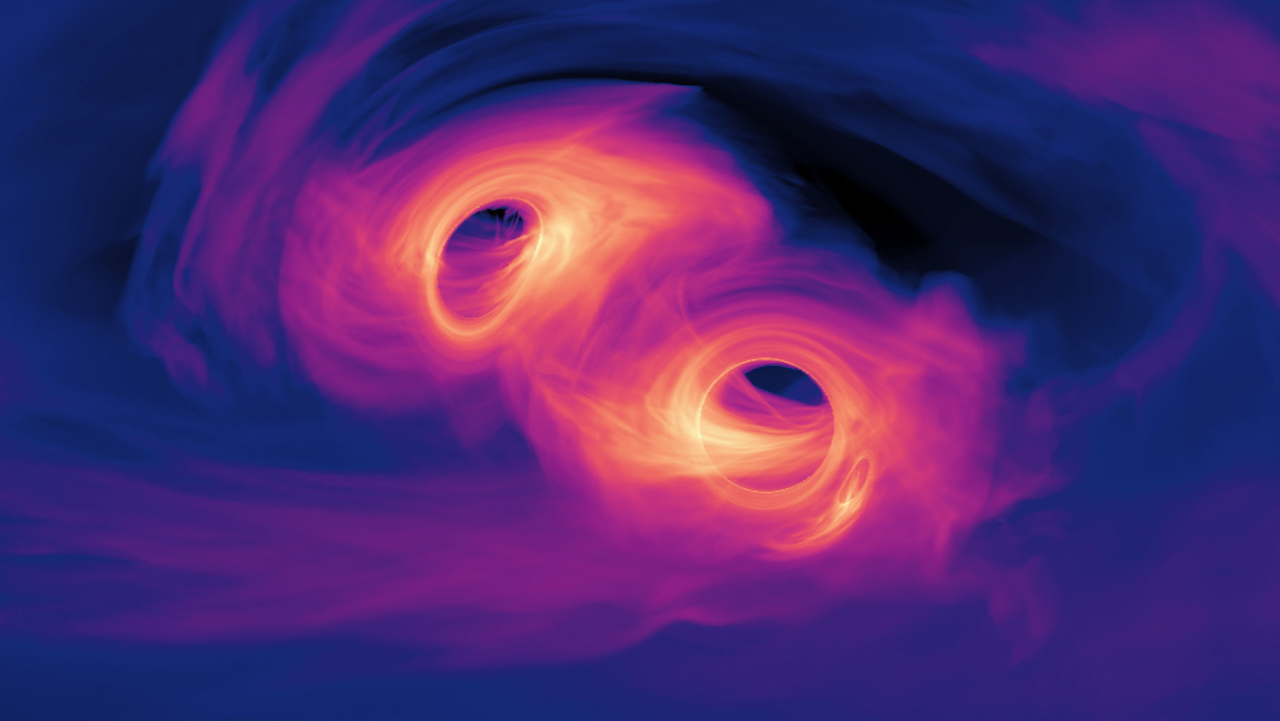The Universe is a turbulent place. Stars are exploding, neutron stars collide, and supermassive black holes are merging. All of these things and many more create gravitational waves. As a result, the cosmos is filled with a rippling sea of gravitational vibrations. While we have been able to directly detect gravitational waves since 2016, gravitational wave astronomy is still in its infancy. We have only been able to observe the gravitational ripples of colliding stellar black holes. Even then, all we can really detect is the final gravitational chirp created in the last moments of merging.
Continue reading “MeerKAT Confirms the Gravitational Wave Background of the Universe in Record Time”MeerKAT Confirms the Gravitational Wave Background of the Universe in Record Time









